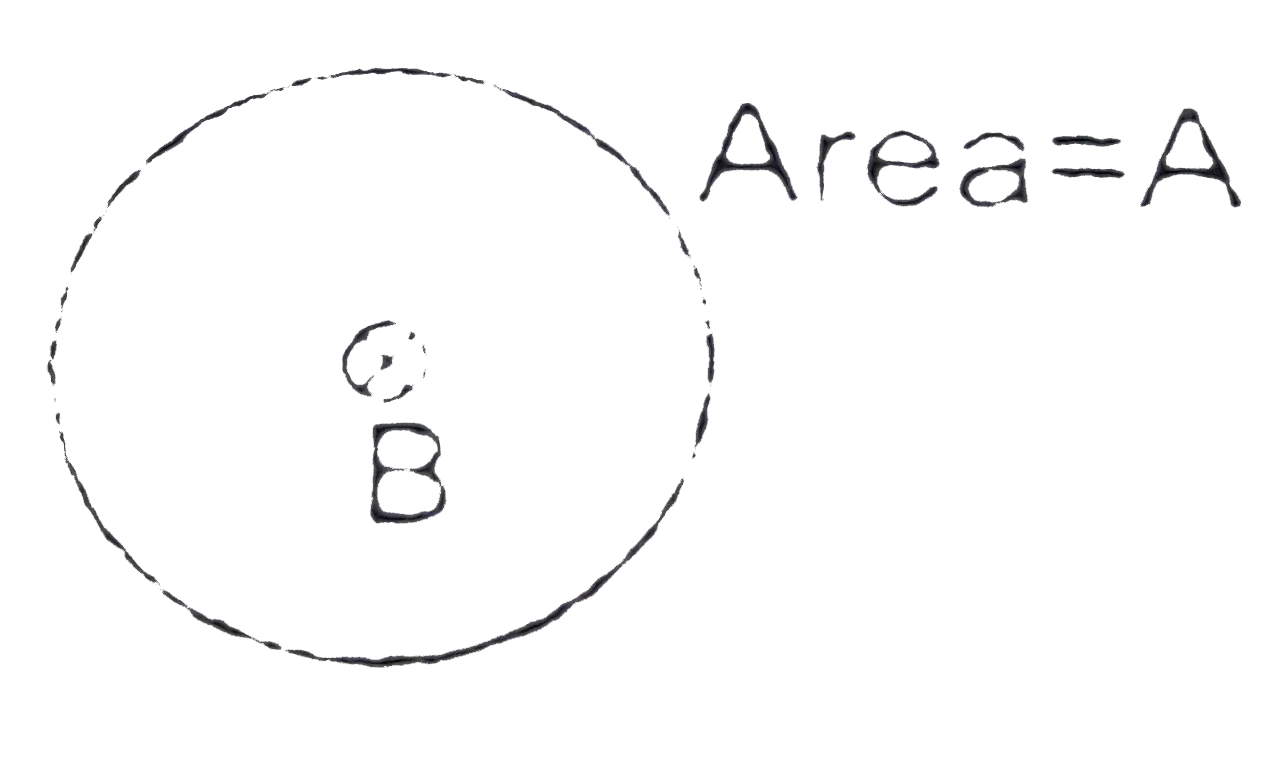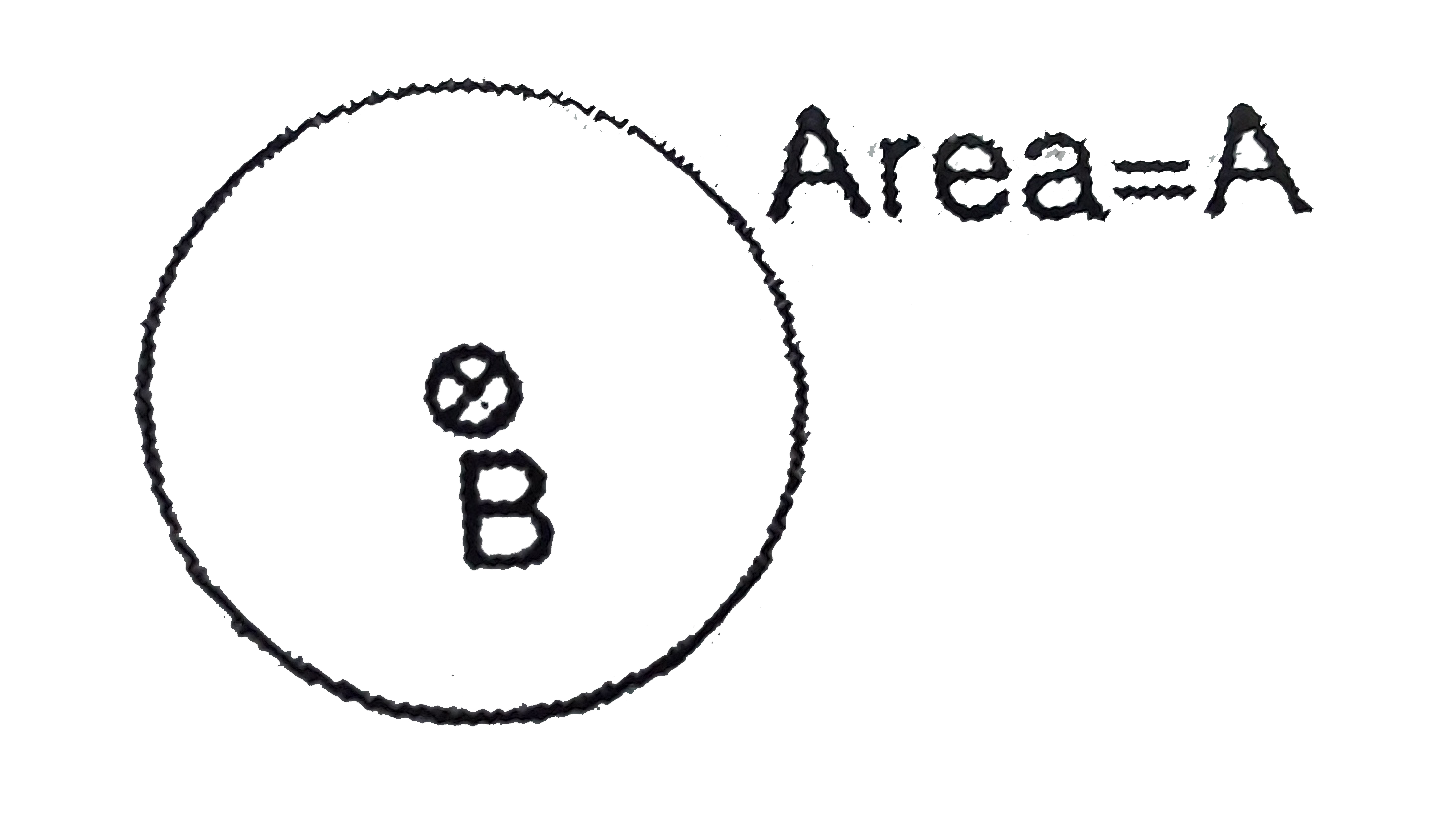A magnet is in form of a bar as shown in the figure. The line joining the center of the bar and the center of the coil (central axis) is perpendicular to the plane of the oil. Which of the following motions of the bar will not induce electric current in the coil?
Translation motion back and forth

Translation motion up and down

The bar axis is at angle to the central axis and spins around it.

The bar spins around an axis in the paper plane.

The correct Answer is:C
To determine which motion of the bar magnet will not induce an electric current in the coil, we need to analyze the relationship between the motion of the magnet and the change in magnetic flux through the coil. Here’s a step-by-step solution:
Step 1: Understand the Concept of Induction
According to Faraday's law of electromagnetic induction, an electromotive force (EMF) is induced in a coil when there is a change in magnetic flux through the coil. Therefore, we need to identify if the motion of the bar magnet causes a change in the magnetic flux through the coil.
Step 2: Analyze Each Motion of the Magnet
Let’s evaluate the four options provided:
1. Translation Motion (Moving towards or away from the coil):
- When the magnet moves towards or away from the coil, the magnetic field lines that pass through the coil change. This results in a change in magnetic flux, thus inducing an EMF and current in the coil.
- Conclusion: Current is induced.
2. Up and Down Motion:
- If the magnet moves up and down while the coil is fixed, the magnetic field lines that pass through the coil will also change. As the magnet moves up, the number of magnetic field lines passing through the coil increases, and as it moves down, they decrease.
- Conclusion: Current is induced.
3. Rotating the Magnet in the Plane:
- If the magnet is rotated around an axis that is perpendicular to the plane of the coil, the orientation of the magnetic field lines relative to the coil changes. However, if the rotation does not change the number of magnetic field lines passing through the coil (for example, if the magnet is rotated in such a way that it remains at a constant distance from the coil), the magnetic flux through the coil will not change.
- Conclusion: No current is induced.
4. Rotating about a Perpendicular Axis:
- When the magnet rotates around a line that is perpendicular to the plane of the coil, the magnetic field lines passing through the coil will change, leading to a change in magnetic flux. Therefore, an EMF and current will be induced.
- Conclusion: Current is induced.
Step 3: Identify the Correct Option
From the analysis above, the only motion that does not induce an electric current in the coil is the third option, where the magnet is rotated in such a way that it does not change the flux through the coil.
Final Answer
The motion of the bar that will not induce electric current in the coil is Option 3.
---
According to Faraday's law of electromagnetic induction, an electromotive force (EMF) is induced in a coil when there is a change in magnetic flux through the coil. Therefore, we need to identify if the motion of the bar magnet causes a change in the magnetic flux through the coil.
Let’s evaluate the four options provided:
- When the magnet moves towards or away from the coil, the magnetic field lines that pass through the coil change. This results in a change in magnetic flux, thus inducing an EMF and current in the coil.
- Conclusion: Current is induced.
- If the magnet moves up and down while the coil is fixed, the magnetic field lines that pass through the coil will also change. As the magnet moves up, the number of magnetic field lines passing through the coil increases, and as it moves down, they decrease.
- Conclusion: Current is induced.
- If the magnet is rotated around an axis that is perpendicular to the plane of the coil, the orientation of the magnetic field lines relative to the coil changes. However, if the rotation does not change the number of magnetic field lines passing through the coil (for example, if the magnet is rotated in such a way that it remains at a constant distance from the coil), the magnetic flux through the coil will not change.
- Conclusion: No current is induced.
- When the magnet rotates around a line that is perpendicular to the plane of the coil, the magnetic field lines passing through the coil will change, leading to a change in magnetic flux. Therefore, an EMF and current will be induced.
- Conclusion: Current is induced.
From the analysis above, the only motion that does not induce an electric current in the coil is the third option, where the magnet is rotated in such a way that it does not change the flux through the coil.
The motion of the bar that will not induce electric current in the coil is Option 3.
Topper's Solved these Questions
- BOOK - RESNICK AND HALLIDAYCHAPTER - ELECTROMAGNETIC INDUCTIONEXERCISE - PRACTICE QUESTIONS (More than One Correct Choice Type)13videos
ELECTROMAGNETIC INDUCTION
- BOOK - RESNICK AND HALLIDAYCHAPTER - ELECTROMAGNETIC INDUCTIONEXERCISE - PRACTICE QUESTIONS (Linked Comprehension)19videos
ELECTROMAGNETIC INDUCTION
- BOOK - RESNICK AND HALLIDAYCHAPTER - ELECTROMAGNETIC INDUCTIONEXERCISE - PROBLEMS67videos
ELECTROMAGNETIC INDUCTION
- BOOK - RESNICK AND HALLIDAYCHAPTER - ELECTRIC POTENTIALEXERCISE - (PRACTICE QUESTIONS) Integer Type1videos
ELECTRIC POTENTIAL
- BOOK - RESNICK AND HALLIDAYCHAPTER - ELECTROMAGNETIC OSCILLATIONS AND ALTERNATING CURRENT EXERCISE - Practice Questions (Integer)7videos
ELECTROMAGNETIC OSCILLATIONS AND ALTERNATING CURRENT
Similar Questions
Knowledge Check
- Question 1 - Select One
A bar magnet is moved over a steel bar as shown in the figure.
Choose the correct alternative from the following
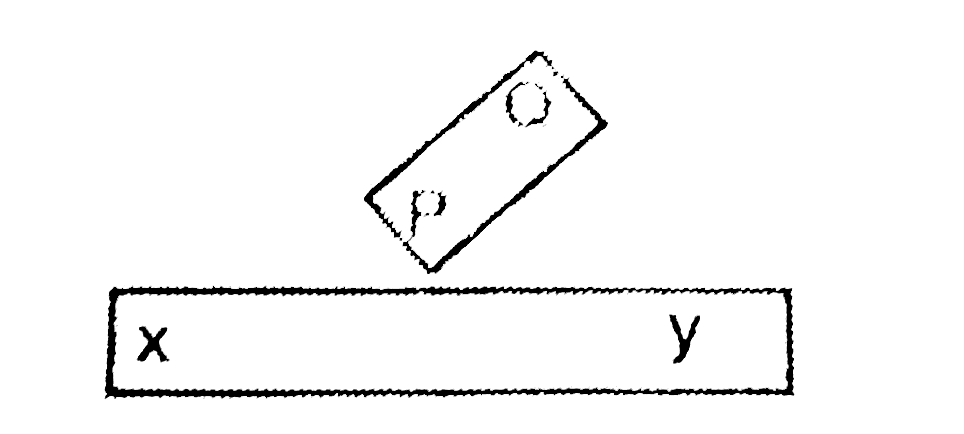 AThe end x becomes north pole if 'p, is south pole whne moved from the end x to y.Bthe end y will become a south pole if p is south pole and moved from the end y to x.Cthe end x will be a south pole if 'p' is a south pole and moved from x to yDboth (B) and (c)
AThe end x becomes north pole if 'p, is south pole whne moved from the end x to y.Bthe end y will become a south pole if p is south pole and moved from the end y to x.Cthe end x will be a south pole if 'p' is a south pole and moved from x to yDboth (B) and (c) - Question 2 - Select One
A bar magnet is moved over a steel bar as shown in the figure.
Choose the correct alternative from the following
 AThe end x becomes north pole if 'p' is south pole when moved from the end x to yBthe end y will become a south pole if p is a south pole and moved from the end y toxCthe end x will be a south pole if 'p' is a south pole and moved from x to yDBoth (b) and (c)
AThe end x becomes north pole if 'p' is south pole when moved from the end x to yBthe end y will become a south pole if p is a south pole and moved from the end y toxCthe end x will be a south pole if 'p' is a south pole and moved from x to yDBoth (b) and (c) - Question 3 - Select One
A flexible wire bent in the form of a circle is placed in a uniform magnetic field perpendicular to the plane of the coil. The radius of the coil changing as shown in figure. The graph of induced emf in the coil is represented by
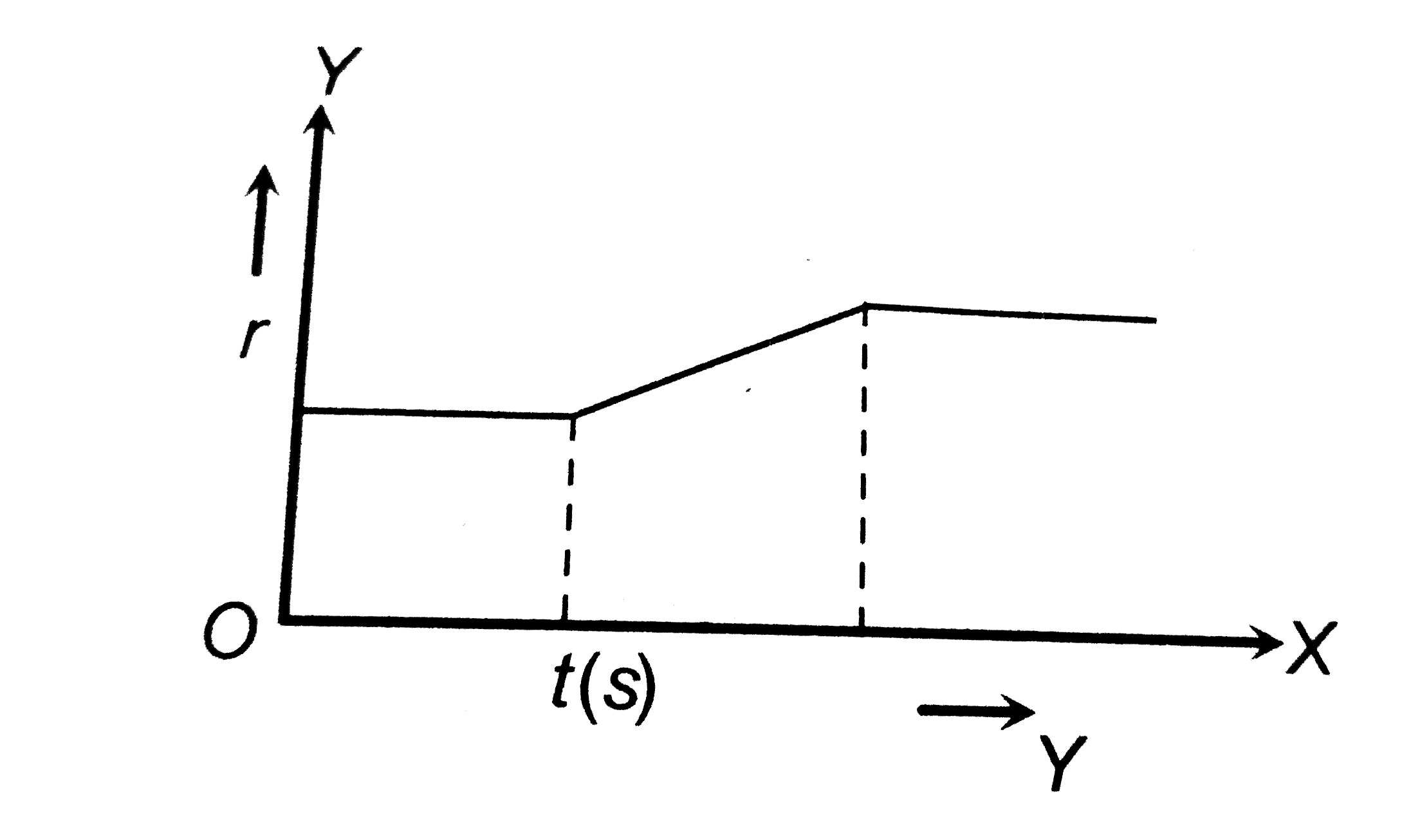 A
A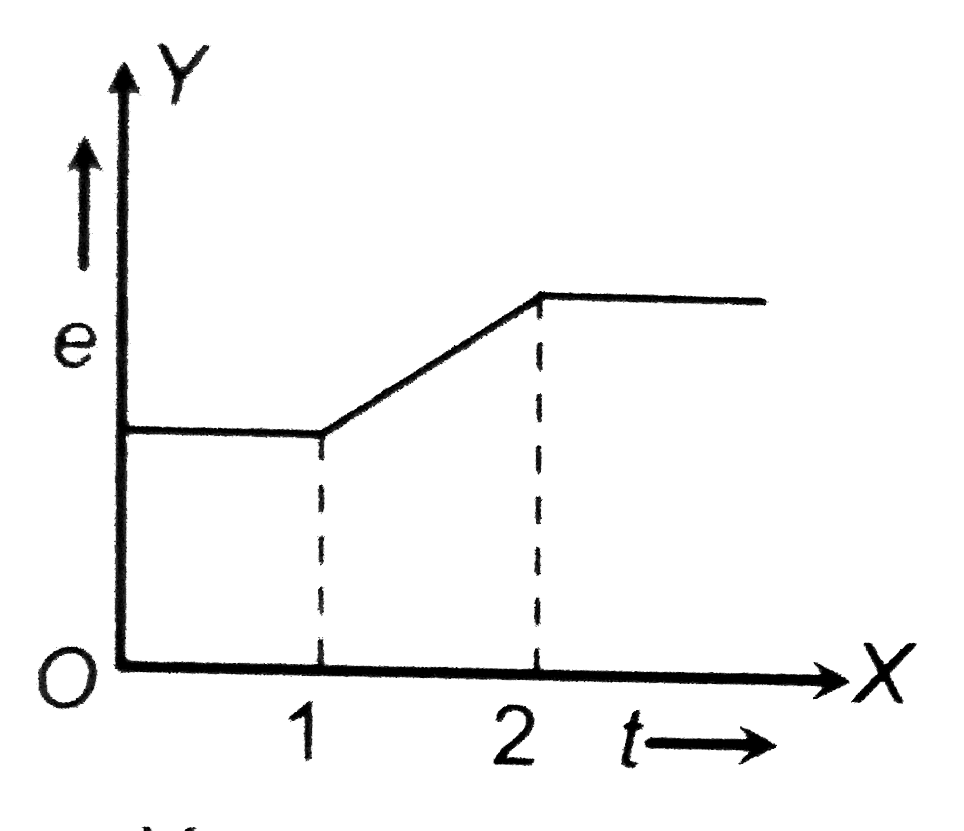 B
B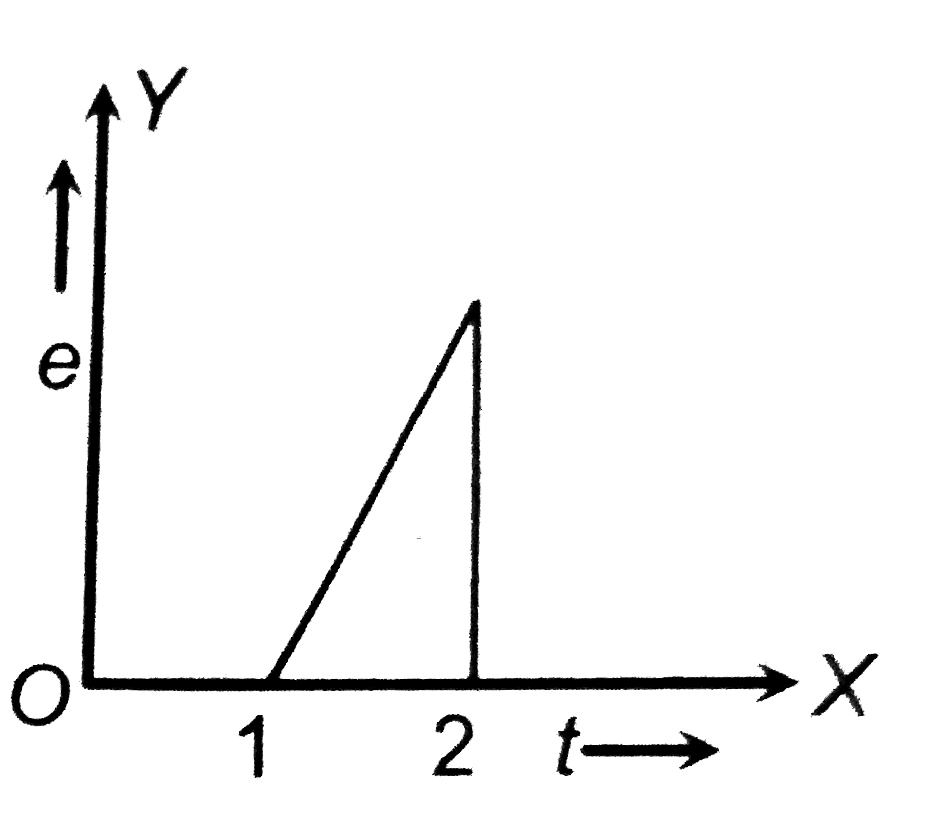 C
C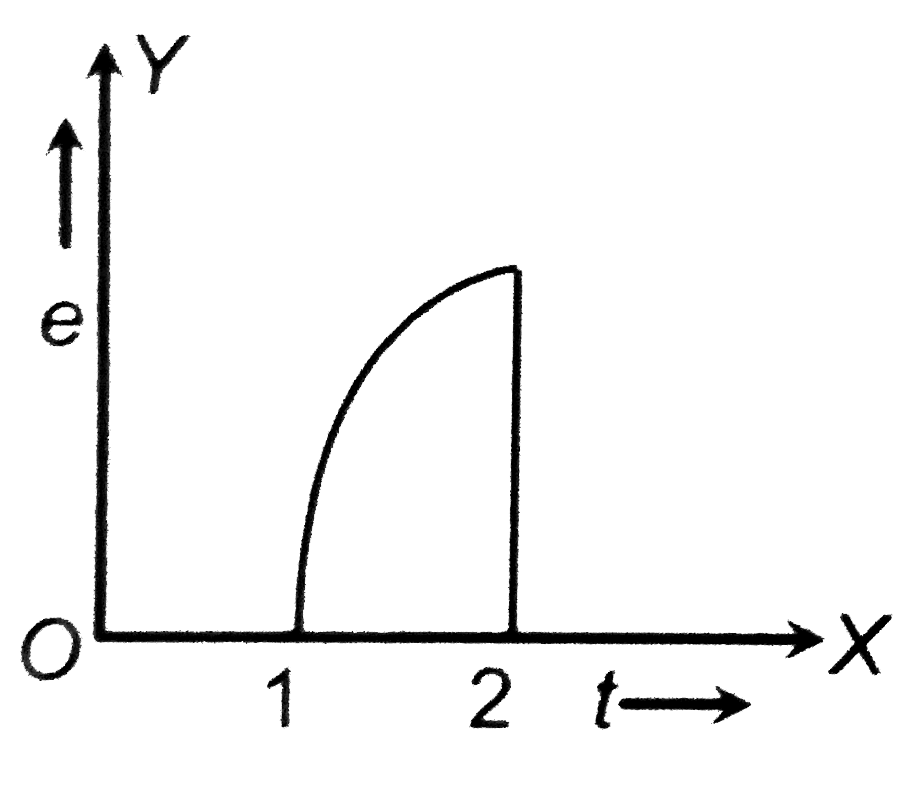 D
D
Find the direction of induced current in the coil shown in figure.Magnetic field is perpendicular to the plane of coil and it is increasing with time.
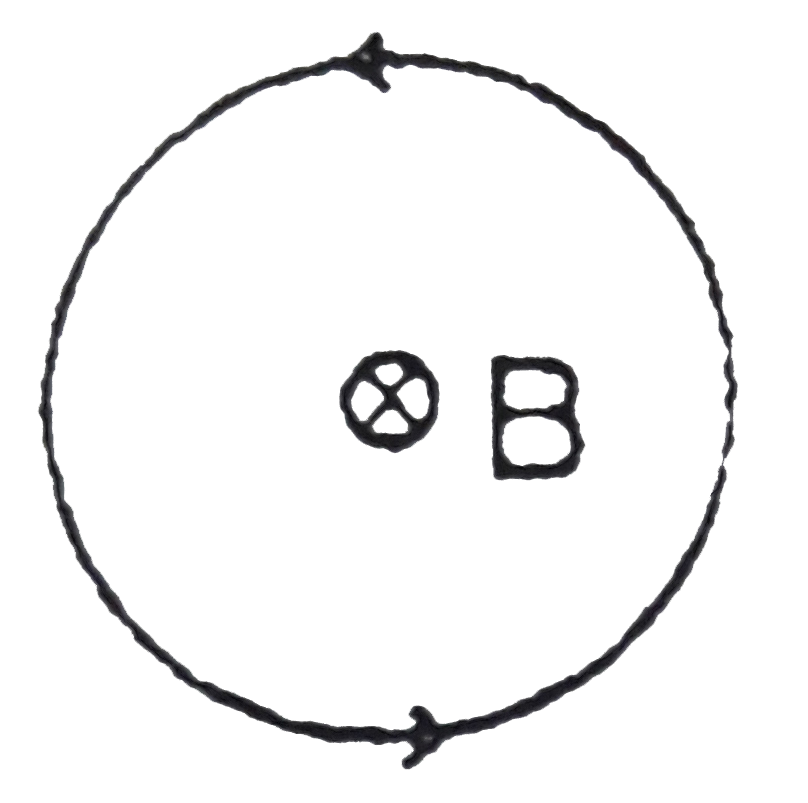 View Solution
View SolutionFind the direction of induced current in the coil shown in figure. Magnetic filed is perpendicular to the plane of coil and it is increasing with time.
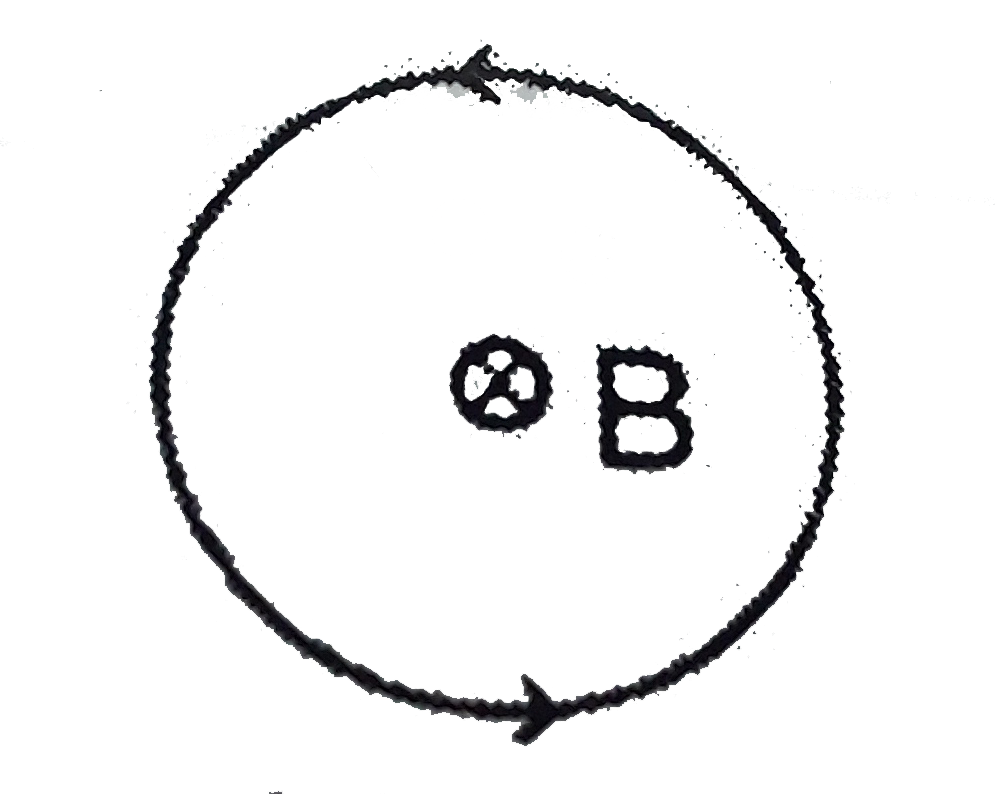 View Solution
View SolutionA straight conductor is placed along the axis of a circular coil perpendicular to the plane of the coil. Then electric current is passed through both,
View SolutionA flexible wire bent in the form of a circle is place in a uniform magnetic field perpendicularly to the plane of the coil. The radius of the coil changes as shown in Figure. The graph of magnetude of induced emf in the coil is represented by
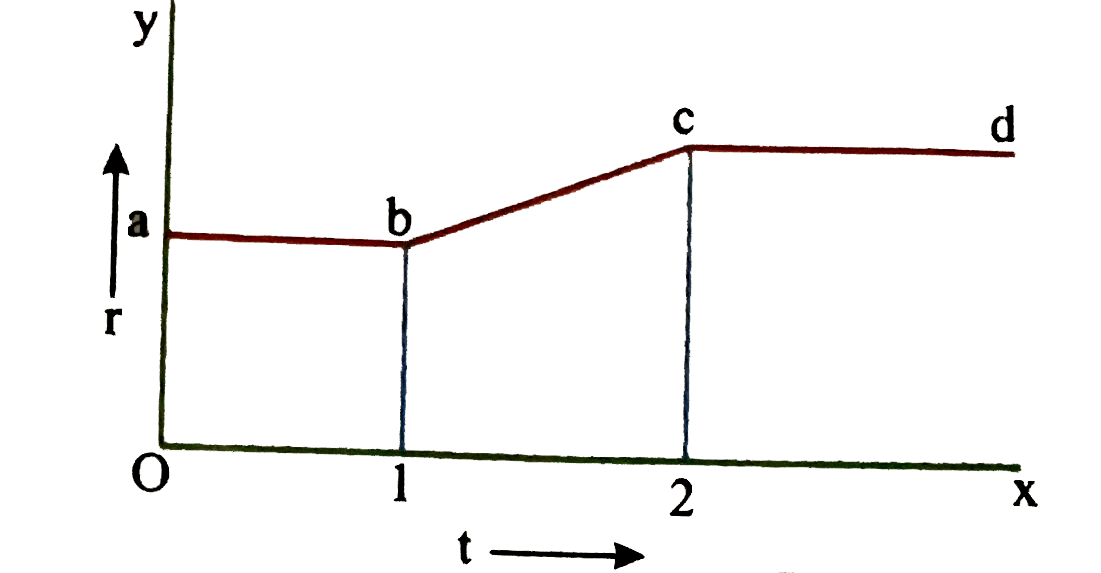 View Solution
View SolutionThe current is an induction coil varies with time t, according to the graph shown in figure. Which of the following graphs shows the induced emf (e) in the coil with time.
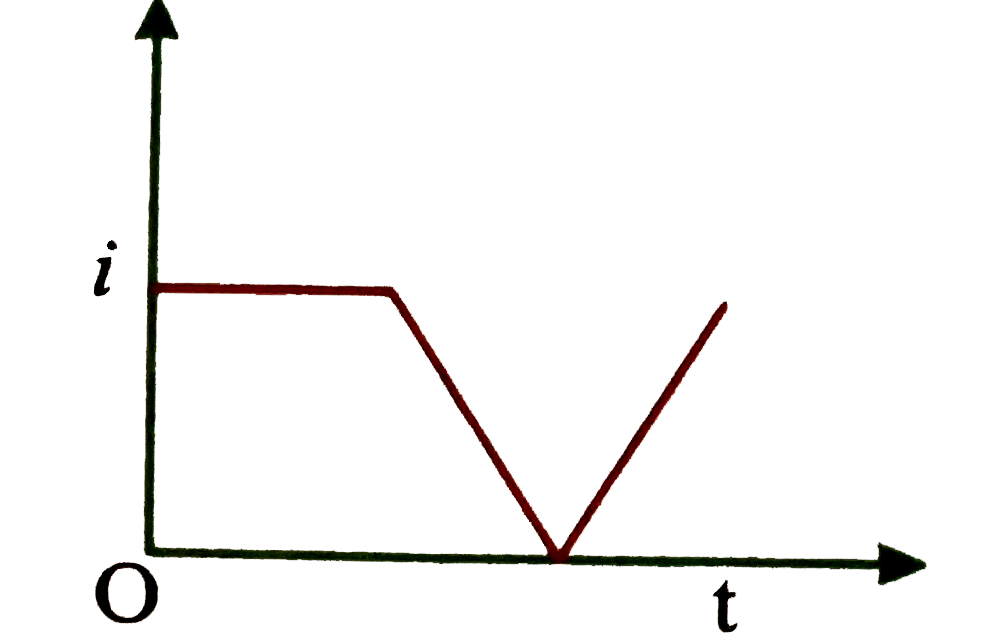 View Solution
View Solution


